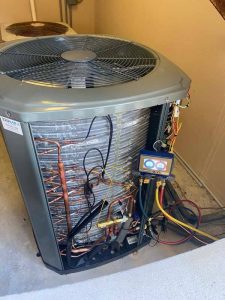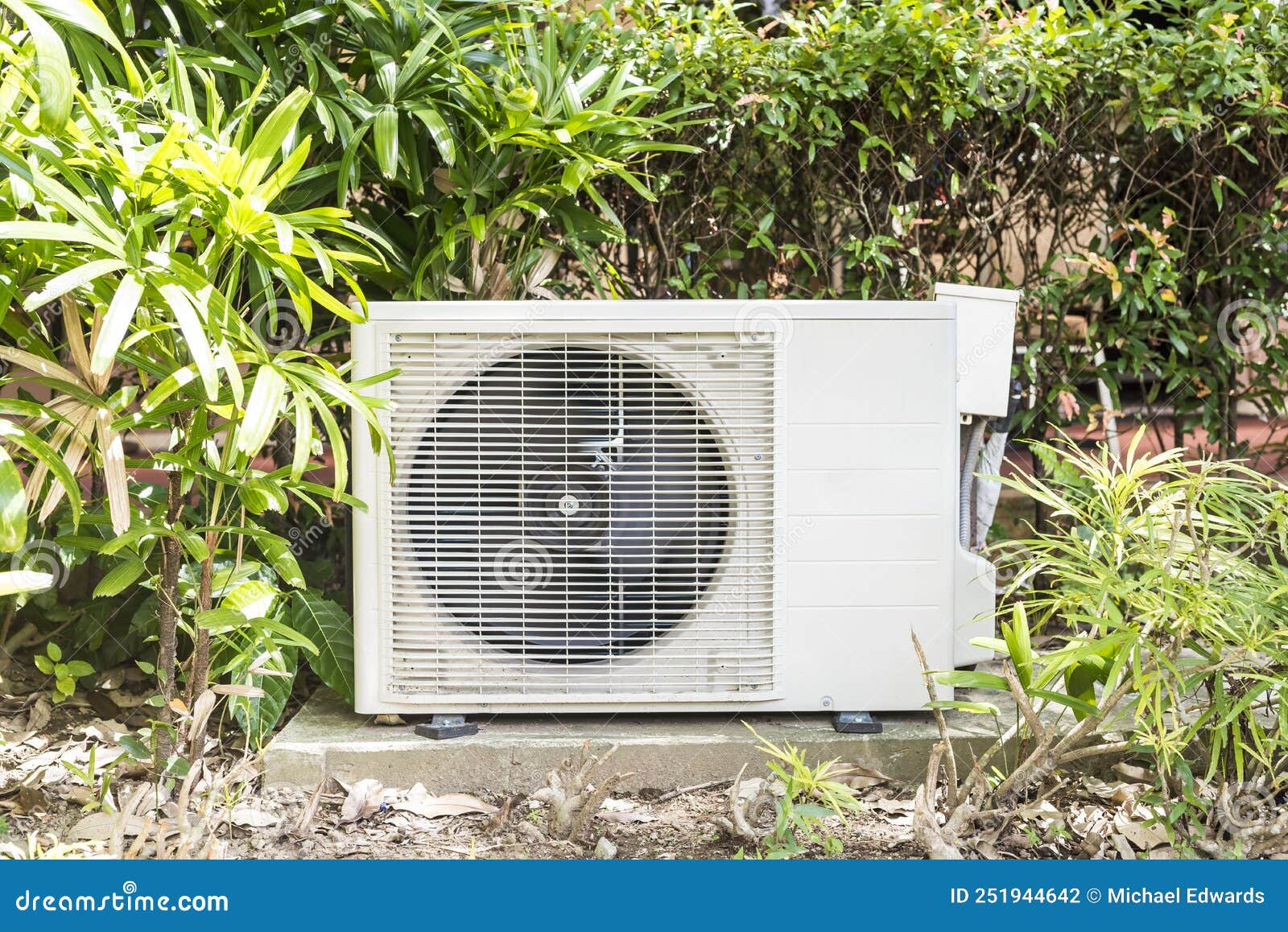When it pertains to developing architectural rooms, the old saying 'type follows feature' applies. But have you ever before considered just how incorporating a/c into architecture can elevate convenience and efficiency at the same time?
The seamless combination of cooling down systems within the structure of a building not just influences the residents' health yet also affects the overall sustainability of the framework. As you check out the complex relationship between design and a/c, a globe of cutting-edge options and cutting-edge modern technologies awaits your discovery.
Key Takeaways
- Energy-efficient systems improve comfort and sustainability.
- Integrated air conditioning improves indoor air quality.
- Balancing aesthetics and capability makes sure optimal style.
- Future patterns concentrate on wise, lasting cooling solutions.
Importance of Integrated Cooling
When developing spaces, integrating a/c is important for making certain the best comfort and capability. Energy effectiveness plays a crucial function in the style process, as it not just decreases operational expenses but likewise lessens the environmental influence of the building. By integrating energy-efficient air conditioning systems, you can produce a sustainable and affordable service that profits both the owners and the earth.
Furthermore, interior air quality is an additional key element to take into account when designing with incorporated a/c. Proper air flow and filtration systems help keep a healthy interior setting by lowering toxins and irritants. This causes improved resident health and performance. When picking air conditioning systems, prioritize those that provide advanced filtration modern technologies to enhance the general indoor air top quality.
Factors Affecting Design Decisions
Integrating cooling right into architectural layouts needs mindful consideration of numerous variables that influence layout choices. When incorporating a/c systems, sustainability considerations are crucial to decrease the building's environmental effect. Customer experience plays a substantial role in establishing the efficiency and complete satisfaction with the air conditioning system.
- Power Efficiency: Sustainable layout methods intend to reduce energy consumption, which not only profits the environment but also lowers operational expenses for the building proprietor.
- Indoor Air Top Quality: Providing a comfortable and healthy indoor atmosphere enhances the total individual experience, promoting performance and health.
- Aesthetics and Assimilation: Incorporating cooling systems seamlessly into the building design guarantees that capability does not endanger the visual allure of the space, enhancing individual complete satisfaction and total structure aesthetic appeals.
Effective Cooling Down Techniques for Structures
To enhance cooling down performance in buildings, think about incorporating passive design techniques alongside a/c systems. Easy cooling strategies can considerably lower the demand for mechanical cooling, bring about more lasting solutions for maintaining comfy interior temperatures. air conditioning service Design features such as shading tools, all-natural ventilation systems, and thermal mass can assist manage temperatures without counting solely on energy-intensive a/c. By strategically positioning windows to optimize cross ventilation or utilizing reflective roof products to reduce solar warm gain, you can harness the power of nature to cool your building effectively.
Along with passive techniques, applying sustainable services like eco-friendly roofing systems or living wall surfaces can additionally boost cooling performance by giving insulation and minimizing warmth absorption. These features not just assist in maintaining comfy indoor temperature levels but additionally contribute to a greener atmosphere. By incorporating passive air conditioning strategies with lasting solutions, you can develop an extra energy-efficient and environmentally friendly structure layout that prioritizes both convenience and preservation.
Balancing Looks and Performance
Think about the harmonious assimilation of aesthetic components with functional facets in your architectural style to ensure a well balanced and impactful end result. When integrating air conditioning systems right into your building design, striking a balance in between looks and performance is vital to producing rooms that not just look good however likewise provide excellent comfort for occupants.
To accomplish this equilibrium, maintain the complying with factors in mind:
- Mix the System with the Environments: Make sure that the cooling units or vents perfectly integrate with the general aesthetic of the space, whether with concealed positioning, decorative covers, or matching colors.
- Prioritize User Experience: Layout the air movement and temperature level control systems in a manner that prioritizes the comfort and well-being of the residents. Take into consideration aspects such as air circulation, sound levels, and ease of use to improve the overall user experience.
- Incorporate Sustainable Practices: Choose energy-efficient air conditioning solutions that not only contribute to the visual charm of the structure yet also advertise sustainability and reduce environmental effect.
Future Patterns in Architectural Cooling
As you envision the future of architectural design, staying abreast of emerging cooling fads comes to be pivotal for enhancing both form and feature within your projects.

The assimilation of clever modern technologies into building air conditioning systems is set to change the method buildings are cooled down. These systems make use of information and automation to optimize power usage, providing customized comfort while minimizing environmental impact.
Sustainable solutions are also shaping the future of building air conditioning. From easy design strategies that make the most of all-natural air flow to ingenious cooling products that reduce the demand for typical air conditioning, sustainability goes to the center of cooling advancements. Architects are increasingly incorporating environment-friendly roof coverings, shielding aspects, and thermal mass right into their layouts to create more energy-efficient air conditioning systems.
Regularly Asked Inquiries
How Does Air Conditioning Influence the Total Sustainability and Power Efficiency of a Building Layout?
When you integrate cooling into building design, it impacts sustainability and energy efficiency. Power consumption can rise because of cooling use, affecting structure efficiency. This increased energy demand can have negative ecological influences, lowering general sustainability.
To alleviate these impacts, think about integrating energy-efficient cooling and heating systems, proper insulation, and passive air conditioning strategies. Stabilizing convenience with power efficiency is necessary for producing lasting architectural layouts.
Are There Any Kind Of Rules or Certifications That Architects Need to Take Into Consideration When Integrating Cooling Into Their Layouts?
When incorporating cooling into your styles, it's vital to consider regulatory needs like building ordinance and accreditation standards for power performance. Meeting these standards warranties that your task lines up with sector best practices and environmental goals.
Acquainting on your own with these policies will certainly help you in creating sustainable designs that focus on convenience while likewise minimizing power intake. Remain notified and compliant to deliver jobs that are both comfy and environmentally friendly.
Can the Placement of A/c Units Impact the General Comfort and Performance of an Area?
When it pertains to cooling units, positioning matters a whole lot for your space's comfort and functionality. Air circulation is key, so avoid obstructing vents or positioning units in tight corners.
Take into consideration exactly how environmental pollution can influence your setting and aim for a cosmetically pleasing setup that blends effortlessly with your spatial format.
Take note of where you position these devices to guarantee optimum convenience and effectiveness throughout your room.

What Are Some Innovative Technologies or Products That Can Be Utilized to Enhance Air Conditioning Systems in Modern Design?
To boost cooling systems in modern design, you can explore clever controls and sustainable materials. Easy air conditioning techniques and using thermal mass are innovative means to improve performance and convenience.
Exactly How Can Architects Ensure That the Layout of Cooling Equipments Matches the Total Visual of a Building While Still Focusing On Capability and Convenience?

To ensure the layout of cooling systems matches a building's visual, prioritize aesthetic combination and style harmony. Incorporate energy-efficient technologies for functionality. Stabilizing aesthetic appeals and functionality enhances resident convenience.
Stress seamless combination of cooling aspects right into the building layout. By focusing on both aesthetics and power effectiveness, engineers can develop a room that's aesthetically appealing, comfy, and eco-friendly.
Verdict
In general, when designing with convenience in mind, integrating air conditioning in architecture is important. By considering elements such as reliable cooling techniques, balancing appearances and capability, and remaining in advance of future trends, engineers can produce rooms that aren't only aesthetically enticing but also comfortable for owners.
It is essential to prioritize the wellness and comfort of those that'll be making use of the space, and incorporated a/c plays a crucial duty in accomplishing this goal.
